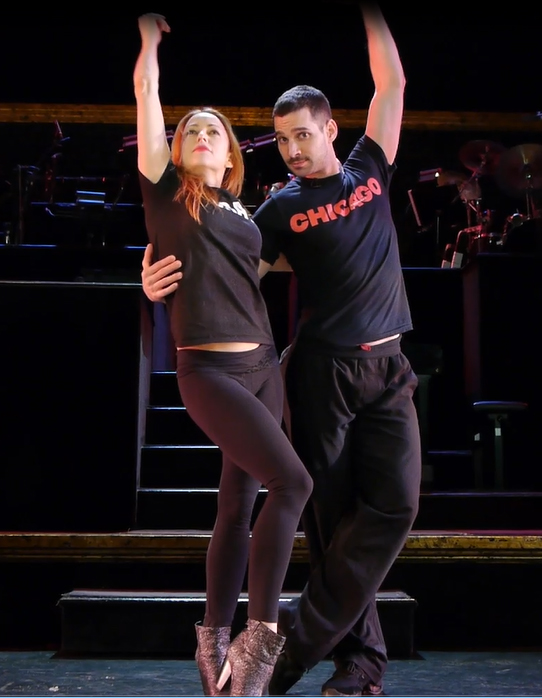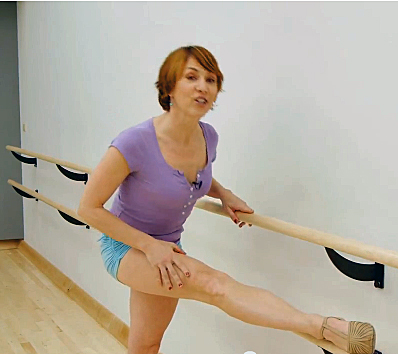This stage is in your space!
A thrust stage is a performance space in which the stage breaks through and extends well past the proscenium arch. It reaches out into the auditorium, so that it is surrounded on three sides by the audience. This makes a dynamic performance space that creates exciting visual opportunities. The stage is flexible: the length, size, and shape of the thrust can be altered to suit the needs of each production.
The thrust stage configuration is thousands of years old and is the oldest known type of fixed staging. The ancient Greek amphitheaters had a thrust configuration. It was also was the type of stage at the old Globe Theatre in London where many of Shakespeare’s works were performed in Elizabethan times. And we are still using the thrust stage in the 21st Century because of the theatrical energy and tension it creates with the actors and audience in close proximity to each other.
For actors, standing on a thrust stage and looking out into the audience conjures a sense of what it might have been like for ancient Greek actors playing to a hillside full of spectators. To perform effectively, actors must remain aware of the audience on either side or even behind them at all times, adjusting their positions and voices to be sure everyone is included.
Audience members are never far from the action on a thrust stage, even when seated in the upper balcony, which creates a special intimacy between the actors and audience. And while the stage can hold whole armies or a large chorus, it also allows a solo performer to command the attention of everyone in the auditorium at once.
Depending on where they’re sitting, audience members get their own unique perspective of a show. Because the stage is surrounded by the audience on three sides, audience members can see each other while watching the action on stage. This creates an interesting experience for spectators, seeing the reactions of the people on the other side of the stage and knowing they are seeing the show from the opposite viewpoint. Because of these different perspectives, the points on stage where there is the most focus may change, and there could be alternate interpretations of certain actions. Since there are many different sight lines, the production director and designers want to make sure the audience will see and understand everything that is happening on stage. During the rehearsal process, the director may view the show from all the various audience sections of the theatre to see how the play reads from different seats and to make sure the story is told clearly to each audience member.
— Carla Steen
This video was made by the creative team at the Guthrie Theater, Minneapolis, Minnesota.
The GUTHRIE THEATER was founded by Sir Tyrone Guthrie in 1963 and is an American center for theater performance, production, education and professional training. The Tony Award-winning Guthrie Theater is dedicated to producing the great works of dramatic literature, developing the work of contemporary playwrights and cultivating the next generation of theater artists. With annual attendance of nearly 500,000 people, the Guthrie Theater presents a mix of classic plays and contemporary work on its three stages. Under the artistic leadership of Joe Dowling since 1995, the Guthrie continues to set a national standard for excellence in theatrical production and performance. In 2006, the Guthrie opened its new home on the banks of the Mississippi River in Minneapolis. Designed by Pritzker Prize-winning architect Jean Nouvel, the Guthrie Theater houses three state-of-the-art stages, production facilities, classrooms and dramatic public lobbies.

